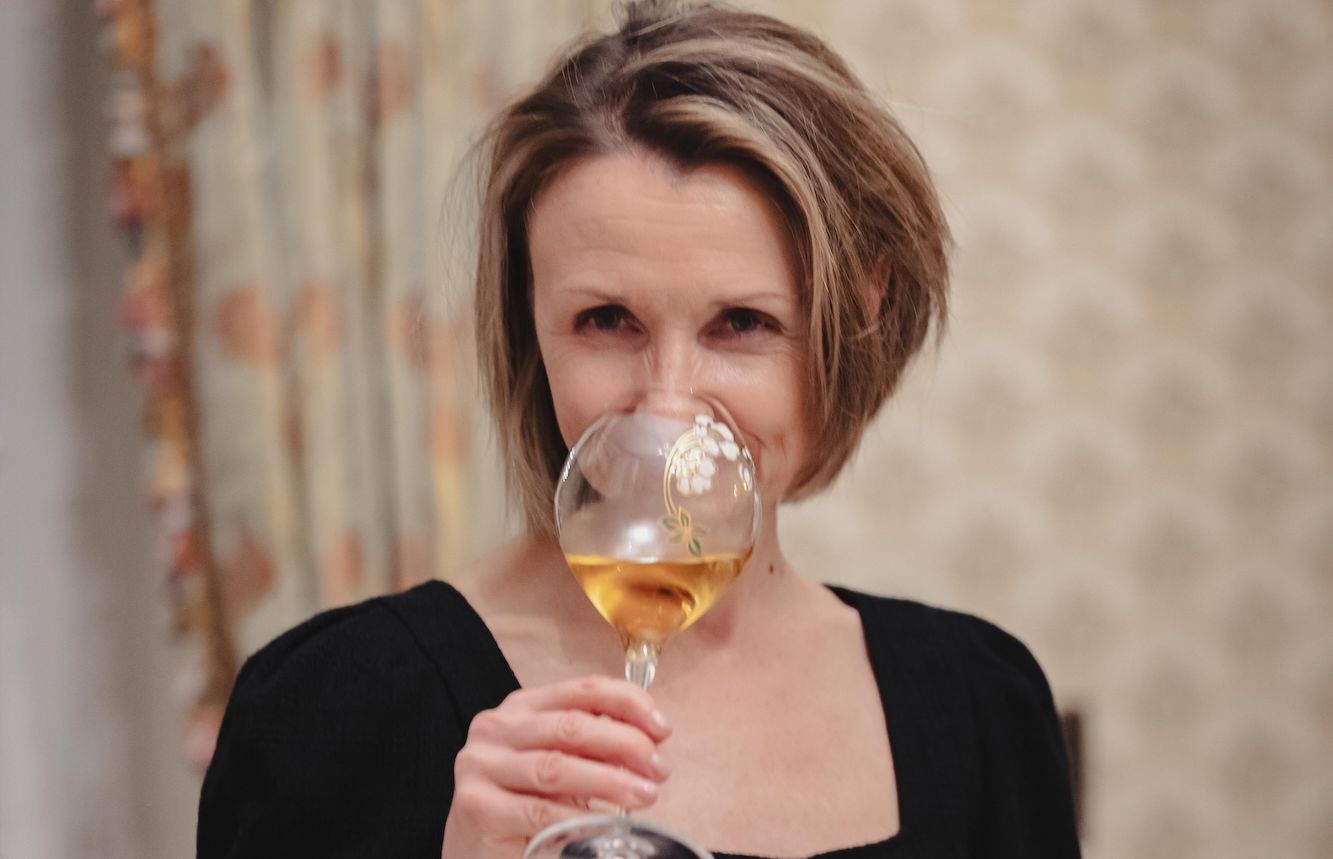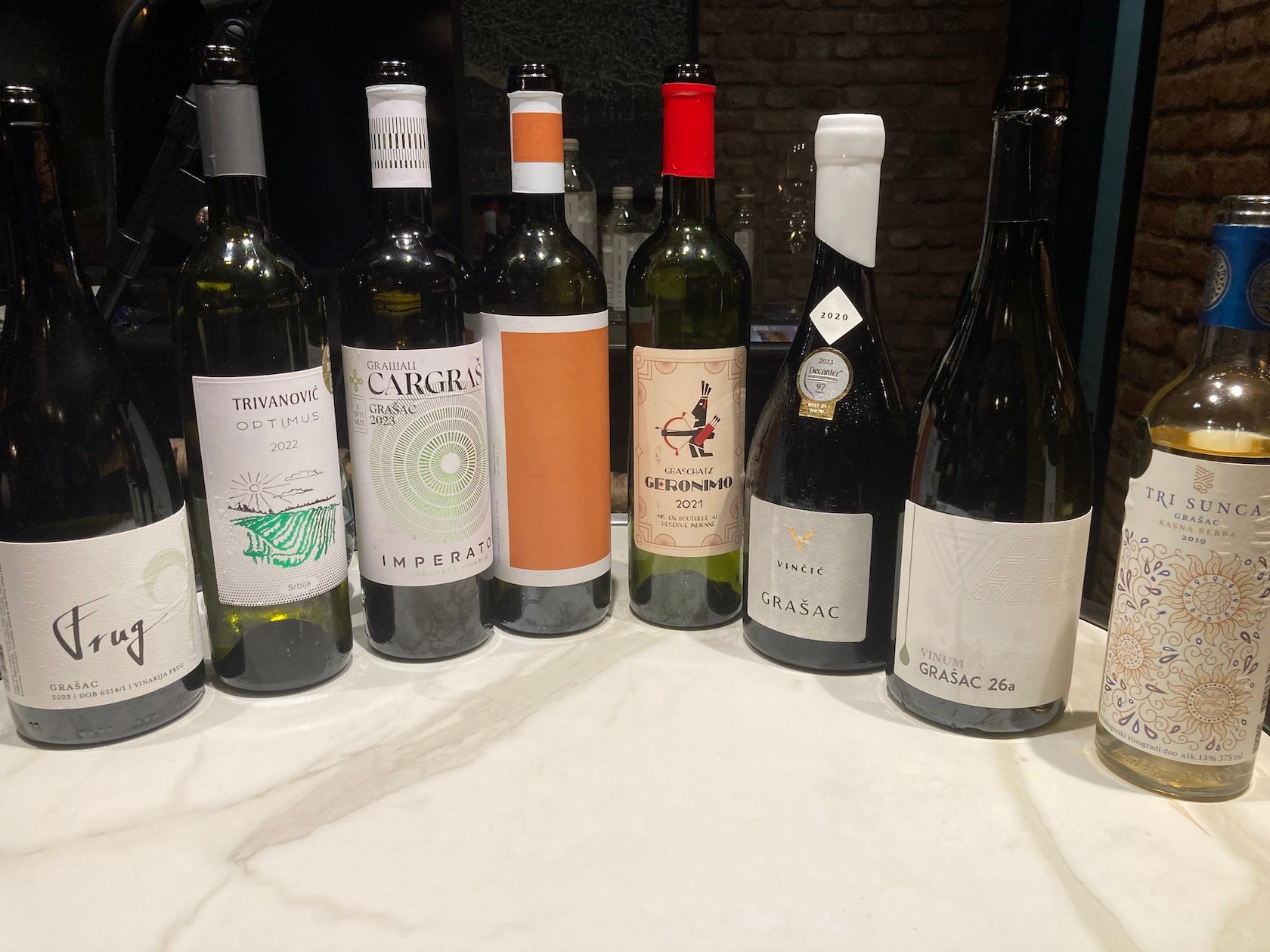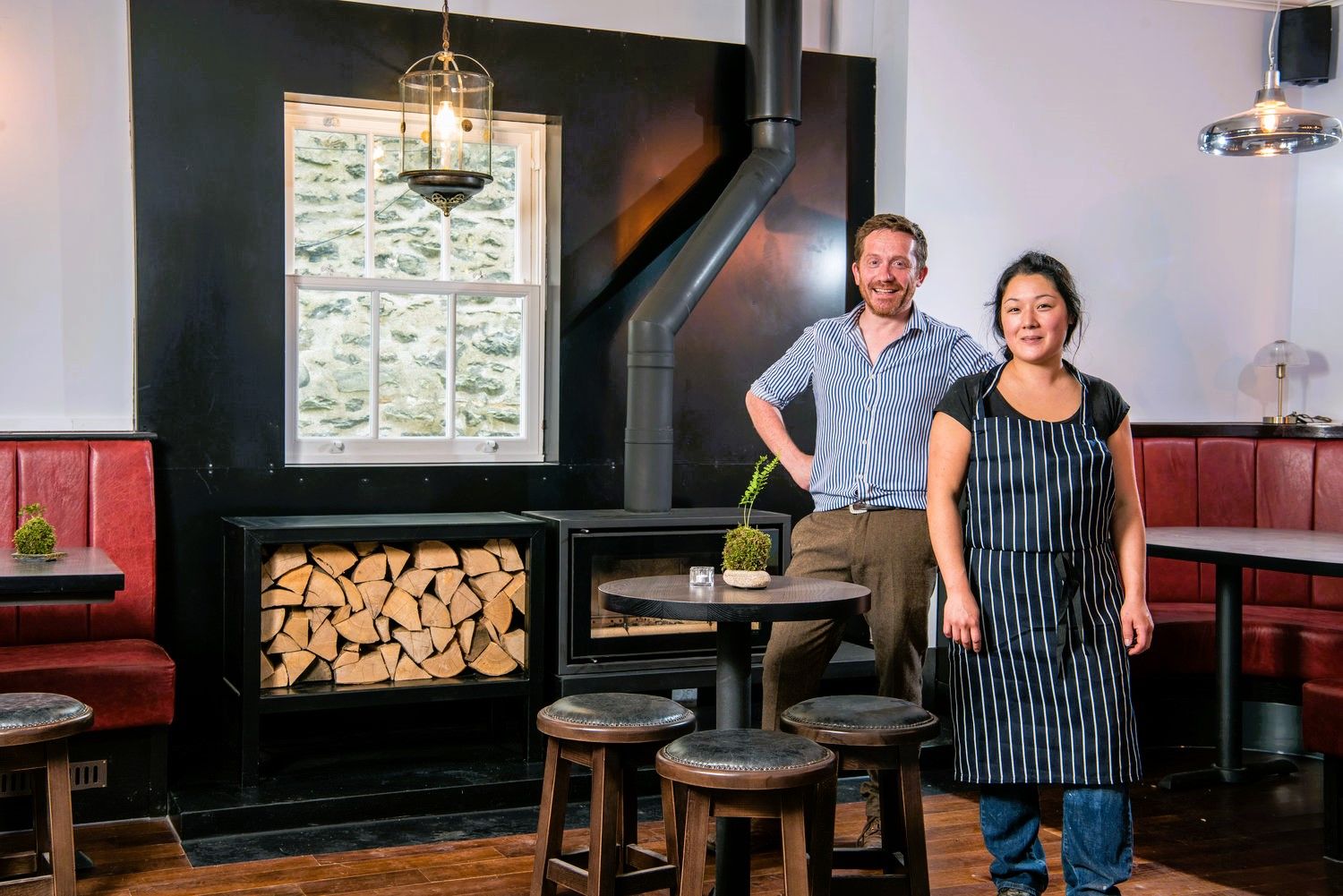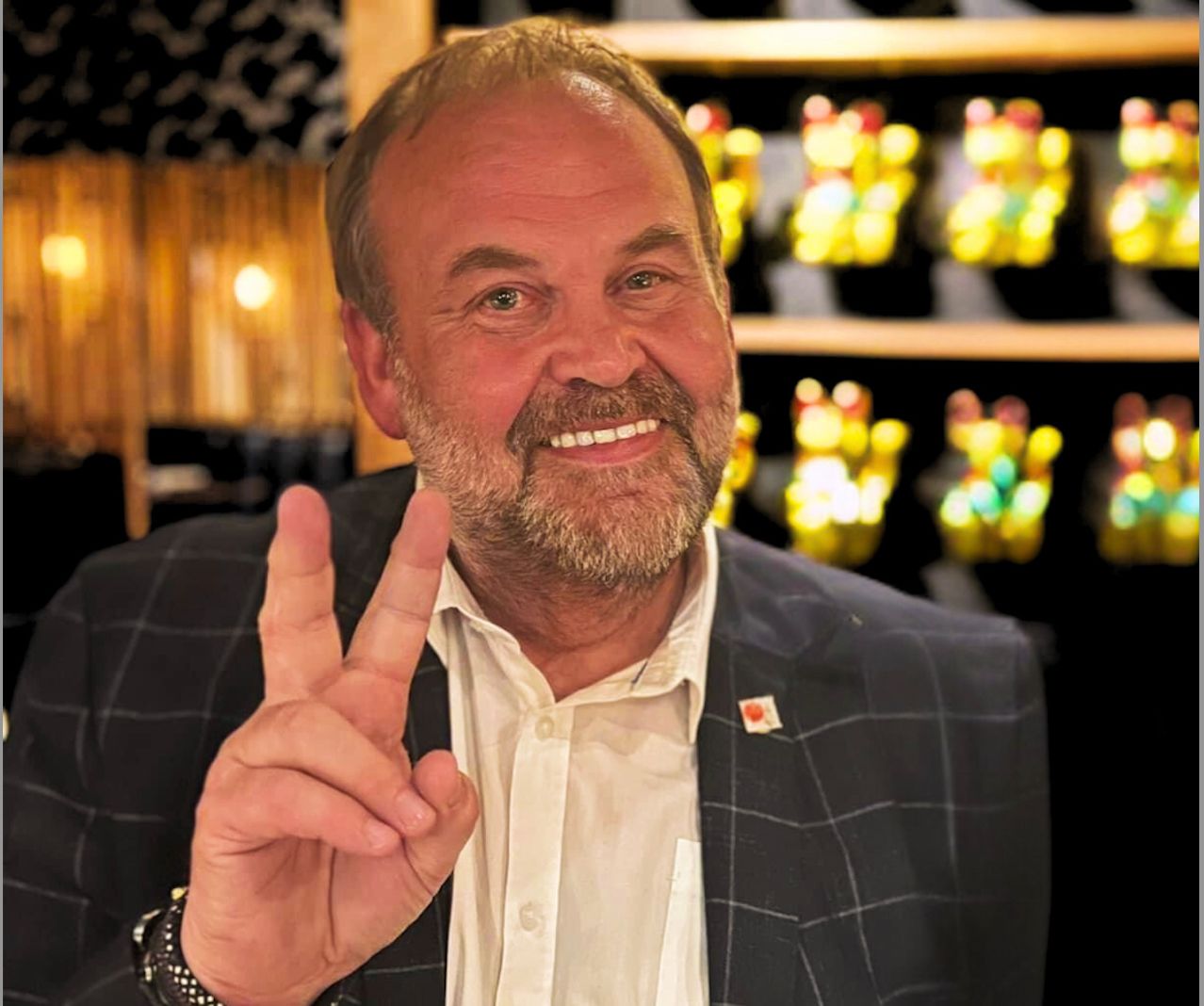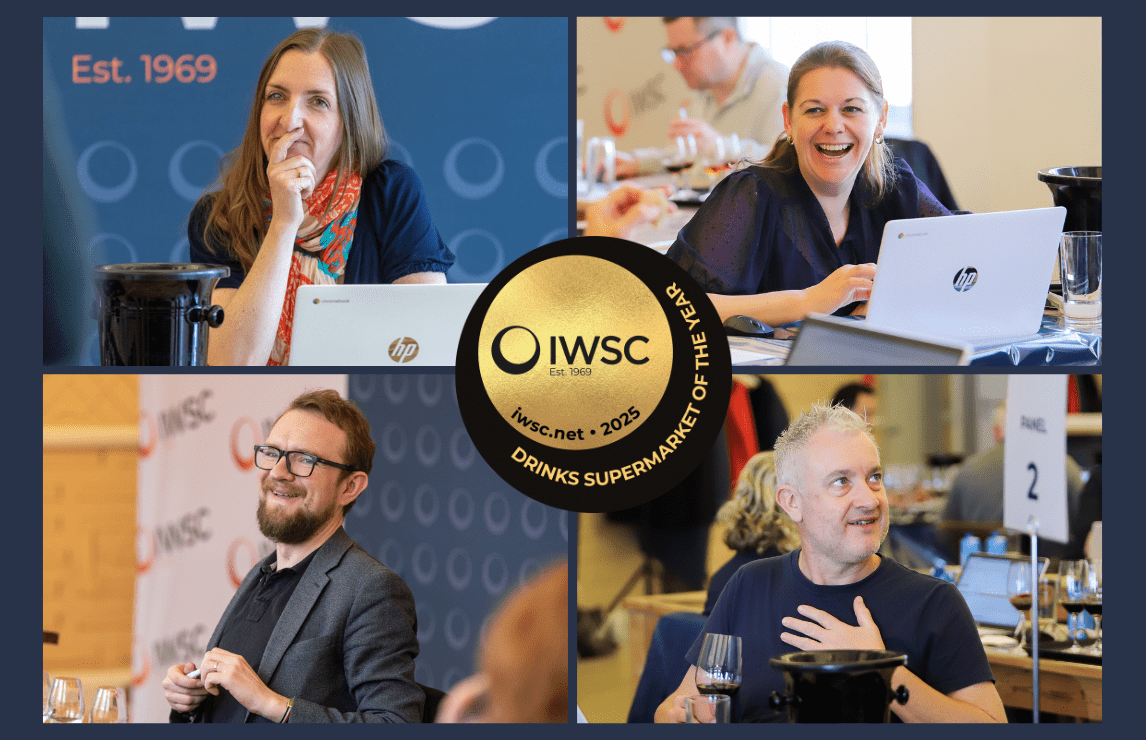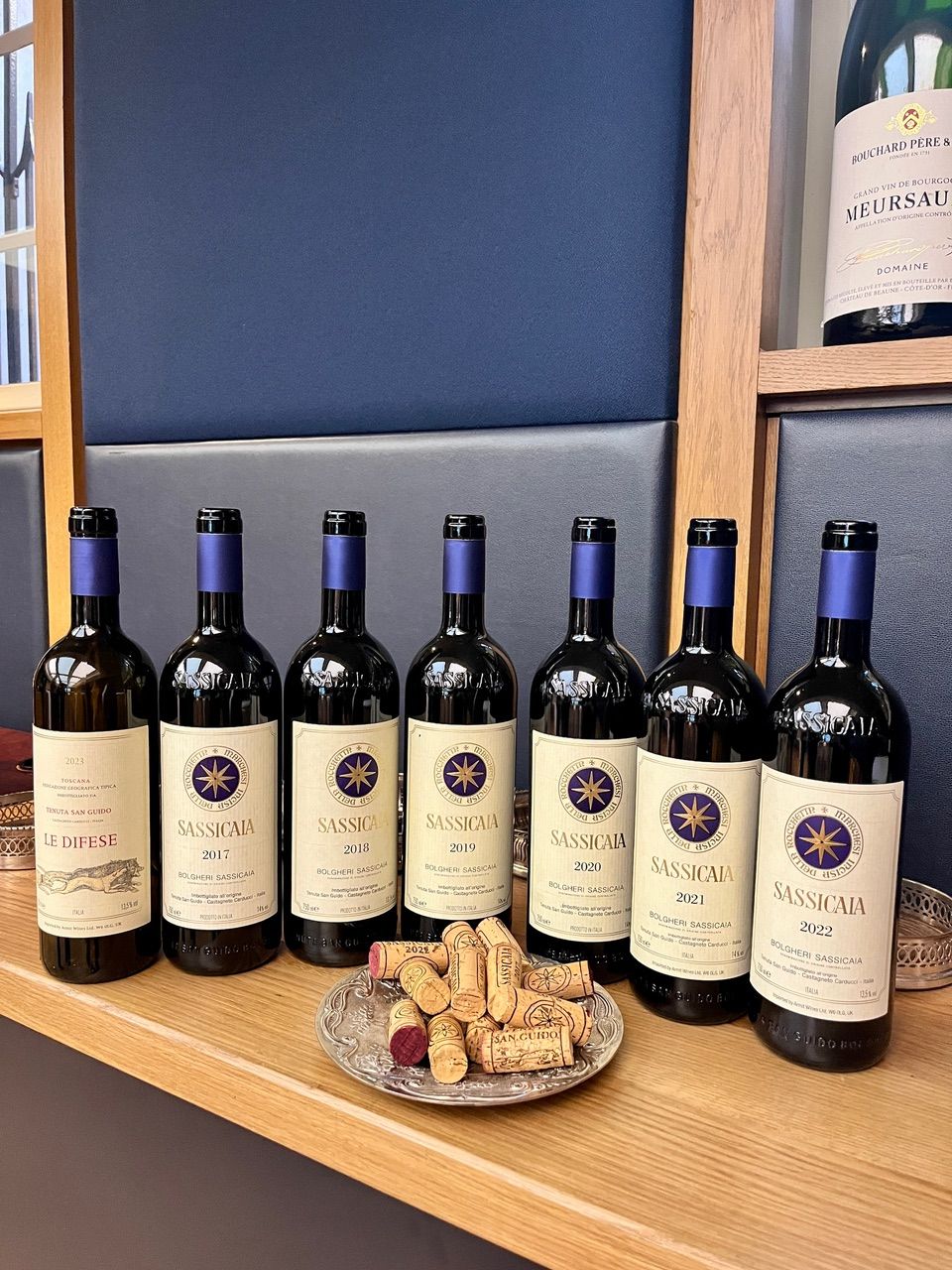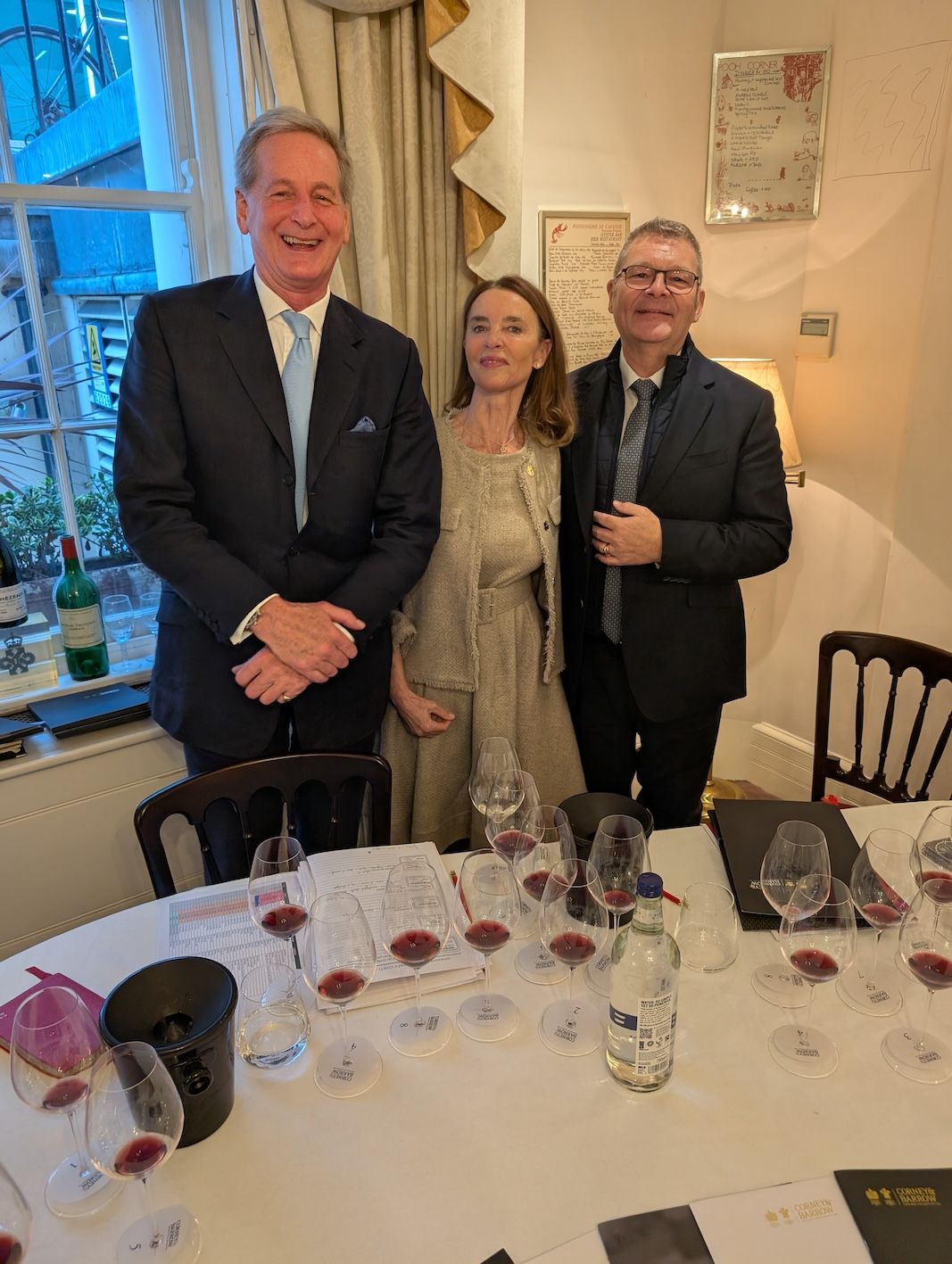I was lucky enough to be invited to join a tasting of some of the vins clairs from the 2023 vintage, in the newly opened and state-of-the-art tasting room at Maison Perrier-Jouët in Epernay. A fitting addition for a Maison that has Belle Époque-stained glass windows, a Rodin on the mantlepiece and a Toulouse Lautrec hanging, unframed, in the hall.
Perrier-Jouët has 50 Crus in Champagne, the majority in Cramant, where the very specific chalk subsoil is key. The 10 vins clairs we tasted were all from parcels in the Côte des Blancs: Cramant, Oger, Mesnil sur Oger, Vertus and Vaudemange, Trepail, Villers-Marmery, and Vitryats in the Montagne de Reims region of Côte des Blancs.
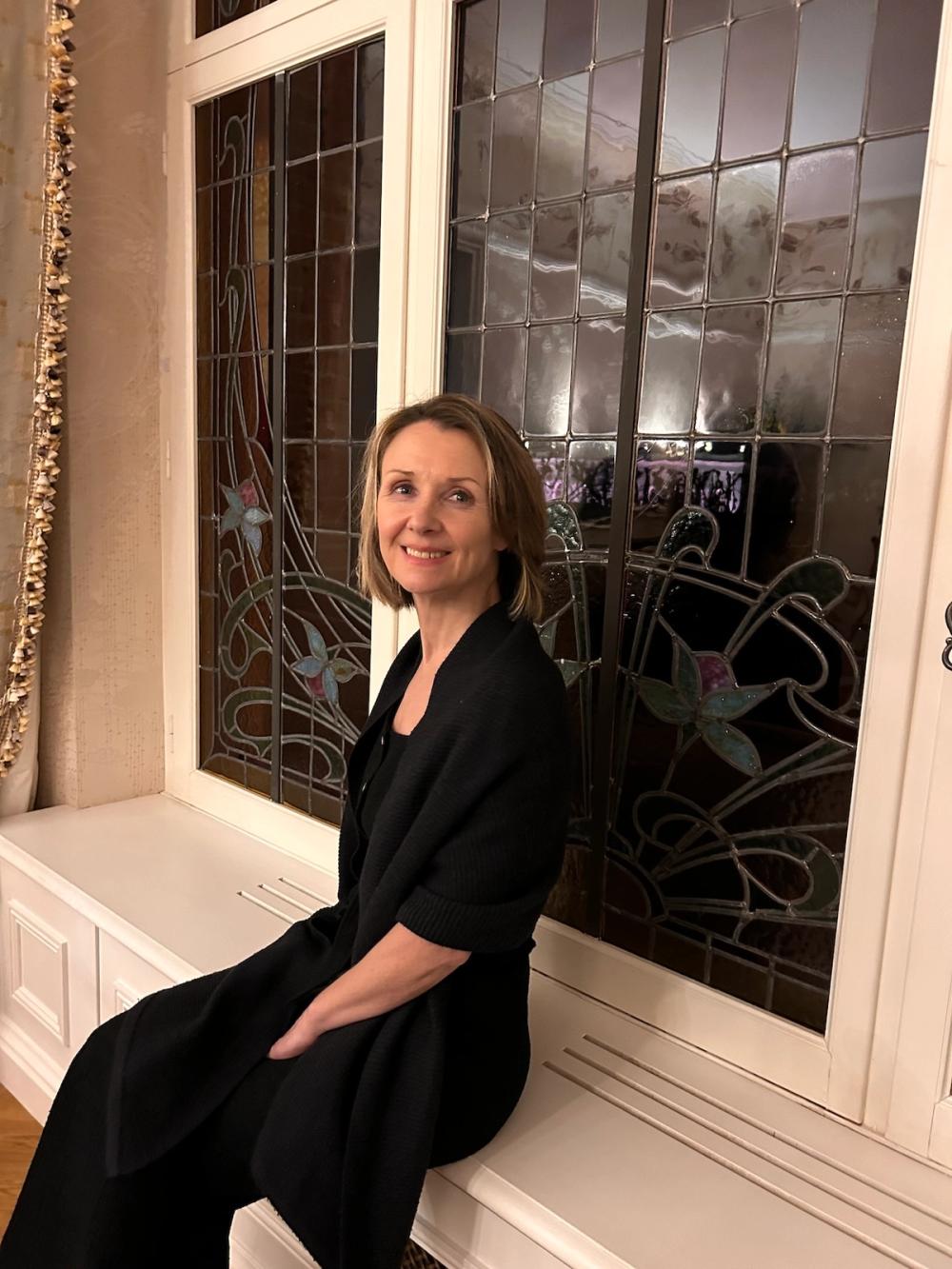
Séverine Frerson, Epernay, March 2024
Vins clairs are the separately vinified still base wines of Champagne which have undergone their first fermentation. They will make up the pre-assemblage, the blended still wine that will be 85% of the still non-vintage champagne, before the addition of the reserve wines from previous vintages. Unlike a single vintage champagne, the non-vintage house wine is the real test of the Chef de Cave’s skill as it is the signature cuvée of each house and must remain consistent from year to year and decade to decade.
Perrier-Jouët is known for its Chardonnay-led blend with a distinct, richly floral style with minerally freshness. The challenge is to select the new wines from 500 different parcels, assessing their current qualities and anticipating their style and structure in the future, and how they will participate in the finished blend. It is a mind-boggling task which requires the most extraordinary muscle memory for taste - and an element of clairvoyance.
At our tasting in late March it is too early for Perrier-Jouët’s Chef de Cave Séverine Frerson to say whether or not 2023 will also make a single vintage Blanc de Blancs Belle Époque, as the tasting and allocating of the individual wines was on-going, alongside blending in the laboratory.

The non-vintage house wine is the real test of the Chef de Cave’s skill
The 2023 vintage was not straightforward, with lots of rain during the viticultural period and high temperatures before and during harvest. The conditions were difficult for humans and difficult for the grapes, as Séverine put it. But even so, a hot vintage is better than a cool vintage.
As a declaration of a single vintage wine is awaited, the ‘catastrophic’ predictions at harvest time have moved towards quiet optimism that this Chardonnay-dominated vintage will produce good, if not very long-lived wines. Careful sorting and picking have resulted in a low yield, despite persistent rain swelling the bunches to record average weights. The best production quality is coming from the Côte des Blancs and from Chardonnay which is the variety most able to withstand high temperatures.
This was my first tasting of vins clairs and I was surprised by the maturity of the 10 wines we tasted. I was expecting biting acidity (one of my fellow-tasters referred to special acidity-busting mouthwash he used to protect his tooth enamel), which was certainly present, but the wines also had rounded palates with definite fruit and floral elements.
Vins clairs have to develop into a harmonious champagne after the second fermentation and each wine will be one piece of the mosaic of elements that will balance, support and connect with the others to achieve the finished product: a Perrier-Jouët non-vintage house style.
All about the technicality

Alongside the subjective tasting notes we made, we discussed technical data, especially the acidity which was measured in two different ways. Acidity, the vital element that gives wine balance and longevity and contributes to a wine’s structure and body, can be measured as total acidity, the sum of all the acids present including tartric, malic, citric and succinic, and is generally between 5-8 g/l in a dry white wine. Too much and the wine is acidic, too little and the wine is flabby. The vins clairs were around 4-5 g/l.
The second measure of acidity is the pH, which will determine how intense the acids will taste. Low pH and the acids will be more intense. ABV was given for each wine – 11-11.5 for the vins clairs – as was the date and temperature of harvest.
Other markers are the residual sugar measure (less than 10g/l is ‘dry’) and the Brix measurement of the percentage of sugar in the grape juice at harvest, ie. how ripe and sweet the grapes were. Added to this, of course, is the grape variety, age of vine and topographical data: which row of which vineyard of which cru of which area.
Tasting the vins clairs
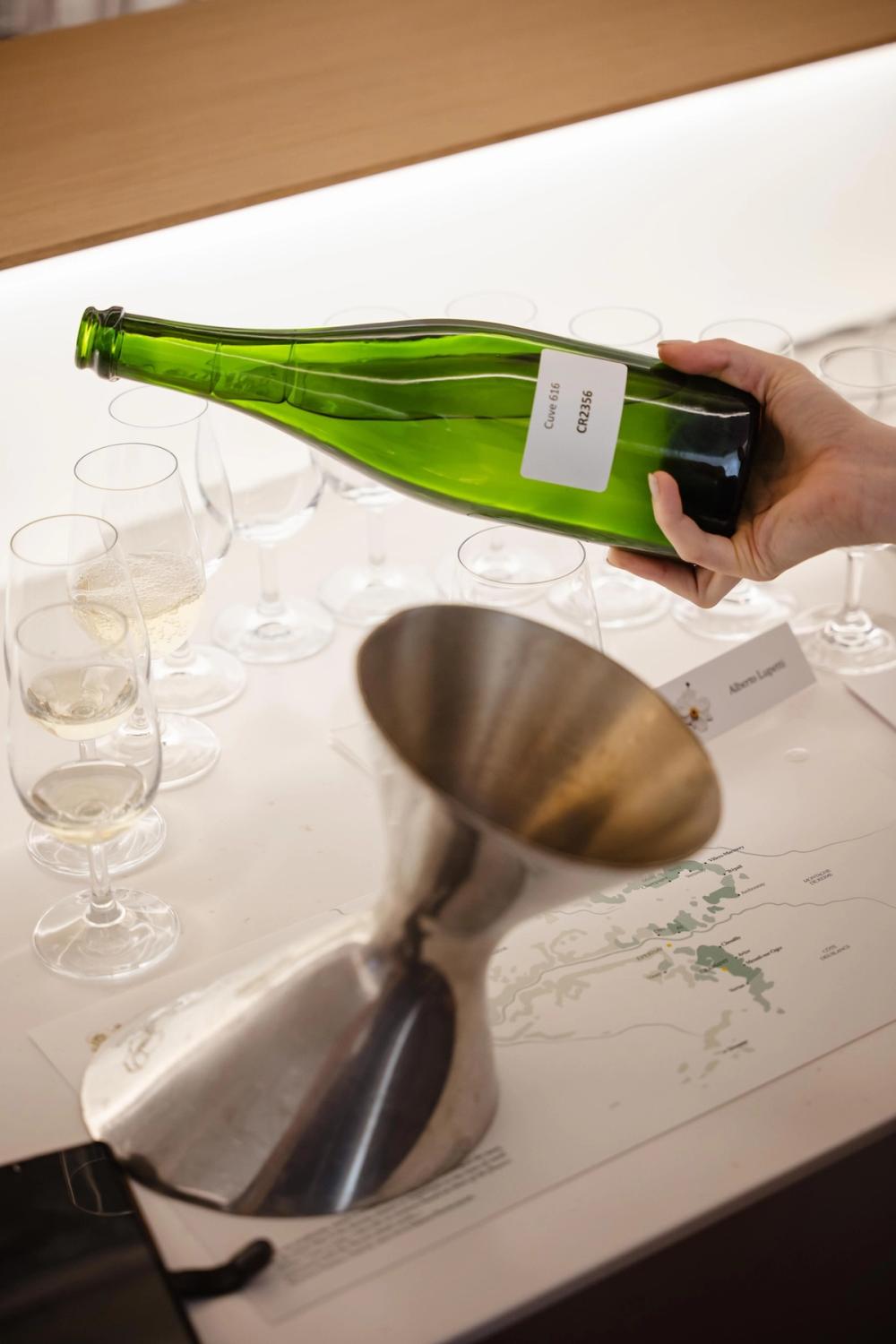
The first wine we tasted was a Chardonnay from Avize that had a gorgeous nose of fresh florals with a straight, clean palate very much in the style of Perrier-Jouët. Typical of the 2023 vintage, it had an open character with the typical salinity and minerality of the terroir. On 20th August the must had a Brix measurement of 7.5° which indicated the grapes would be ready early. At harvest on 4th September the measurement was 10°. The vin clair had 6.4 total acidity and 3.05 pH.
The Chardonnay from Chouilly we tasted was harvested on September 10th in 35°C heat! Again, robustly acidic, the palate was nevertheless deliciously citrus, more clementine than lemon.
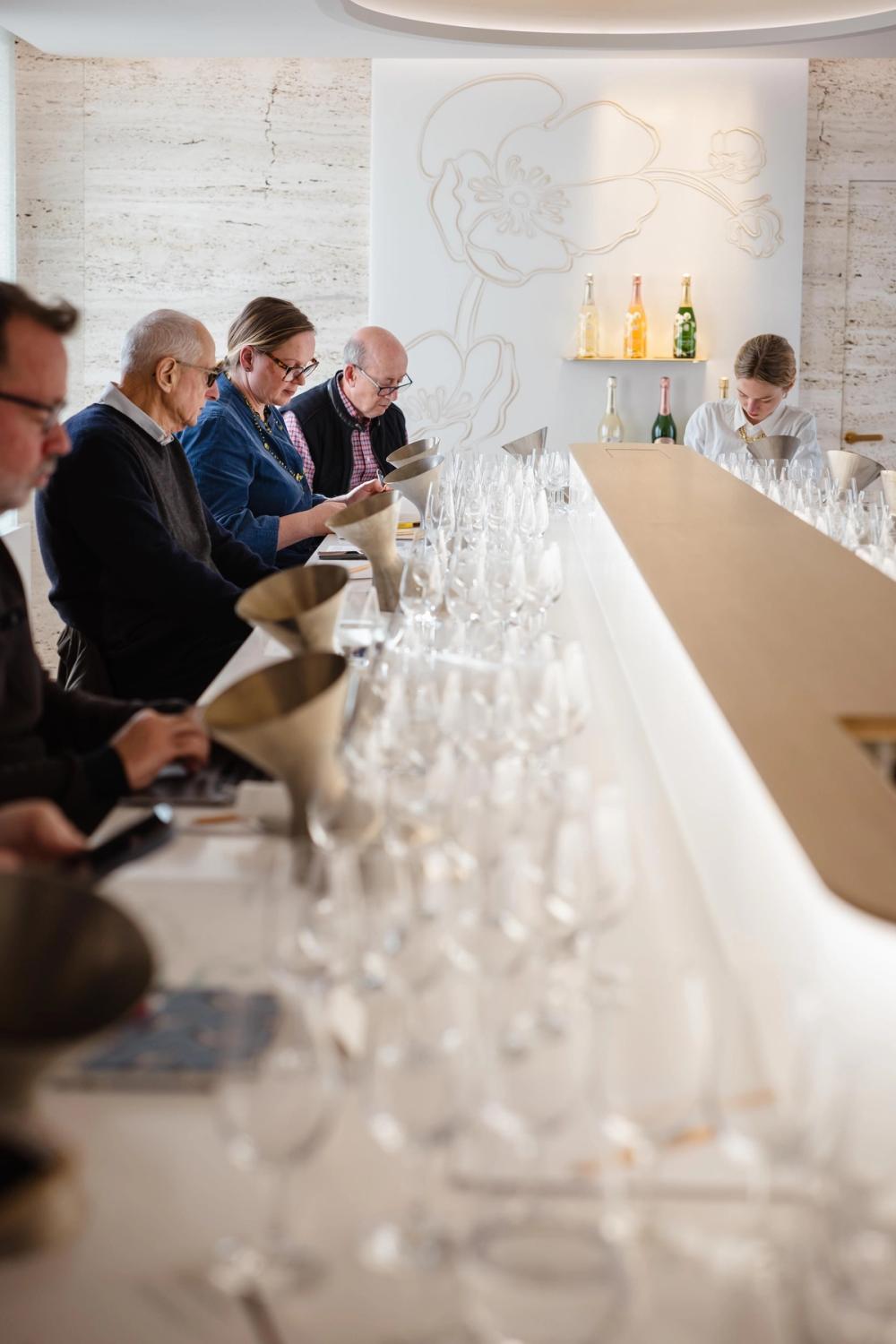
State of the art tasting room at Maison Perrier-Jouët
The third and fourth wines, both from Cramant were vinified in different ways, one with alcoholic and malolactic fermentation and the other with pump-over vinification and no malolactic fermentation, the resulting wine retaining more freshness and energy. Both wines were from the same plot in the same cru, harvested on the same date, but were markedly different. 15% of the 2023 harvest will have malolactic fermentation blocked to retain freshness and verve (compared to 5% of the 2022 harvest).
The fifth wine, from Mesnil-sur-Oger was more generous in the mouth with Mirabelle and peach. “Very accomplished for a vins clairs” said Séverine who could already imagine it in a blend in the future.
The Pinot Noir wines we tasted were diverse, ranging from zesty and tropical, long and rounded to austere and closed with biting acidity. They will add to the expression of the florality in the blend and, one assumes, add backbone. Some were rich and elegant some clean and straight with spicy notes or hints of green apple.
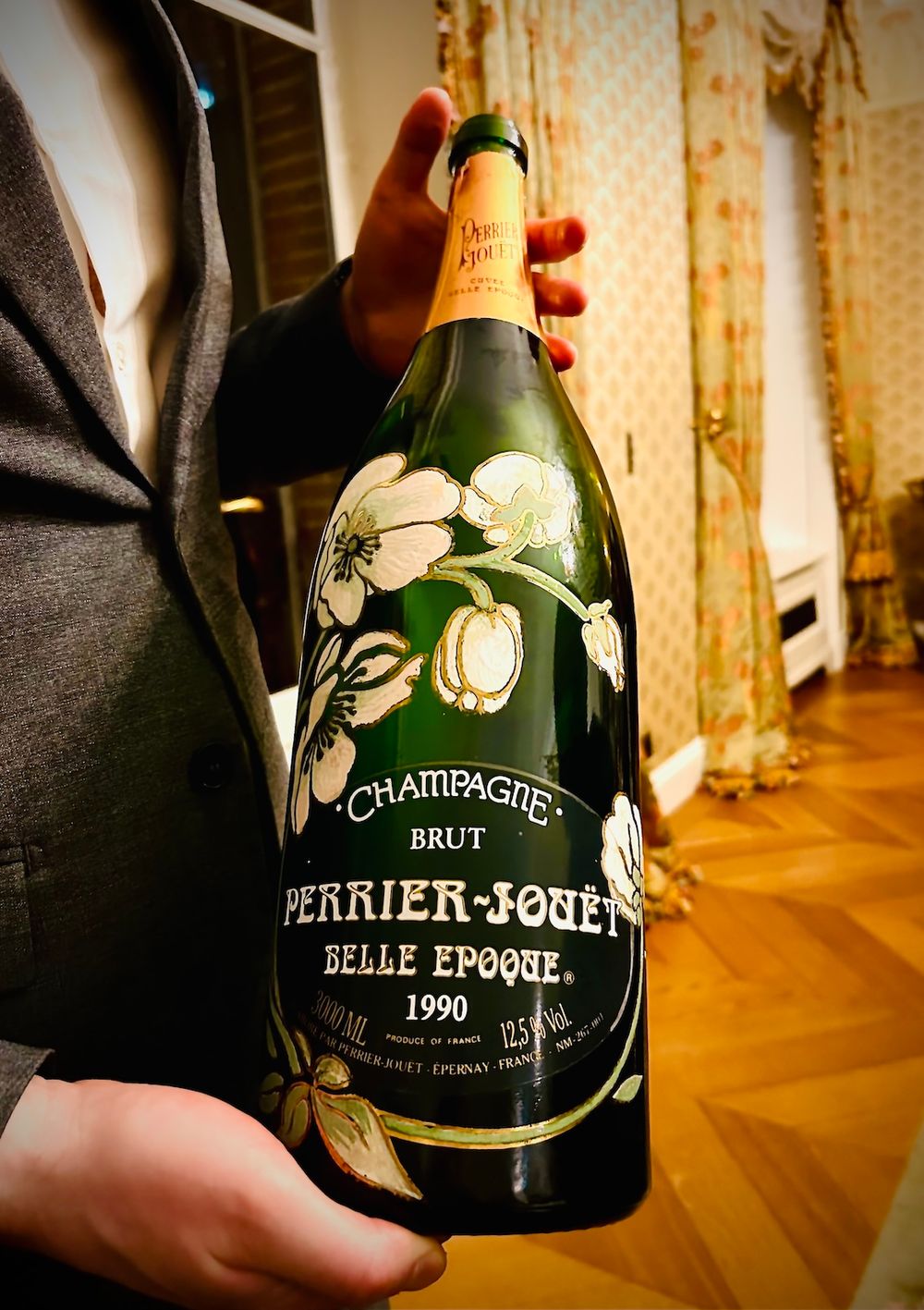
Here's one we made earlier....
What surprised me was that, even at this extremely young age, I could differentiate between the different vins clairs. I was anticipating inescapable raw acidity that would mask all other qualities in the wines, but the samples we tasted were strikingly different and distinct.
How you go about making them into a blend that is consistent with other vintages, choosing between 500 new wines and innumerable reserve wines, I’ve no idea.
Séverine Frerson, the first female Chef de Cave at Maison Perrier-Jouët since its co-founder Rose-Adélaïde Jouët, has the ultimate challenge ahead of her: to meld up to 500 different vins clairs into a single non-vintage Perrier-Jouët wine that, despite the vagaries of the vintage, matches the house style. To me, it seems an impossible task.
